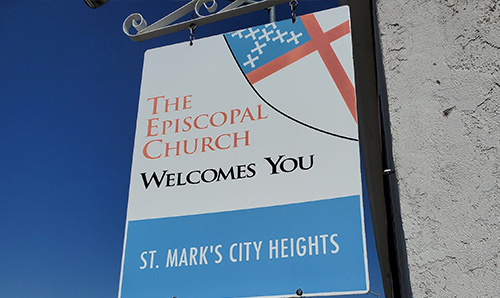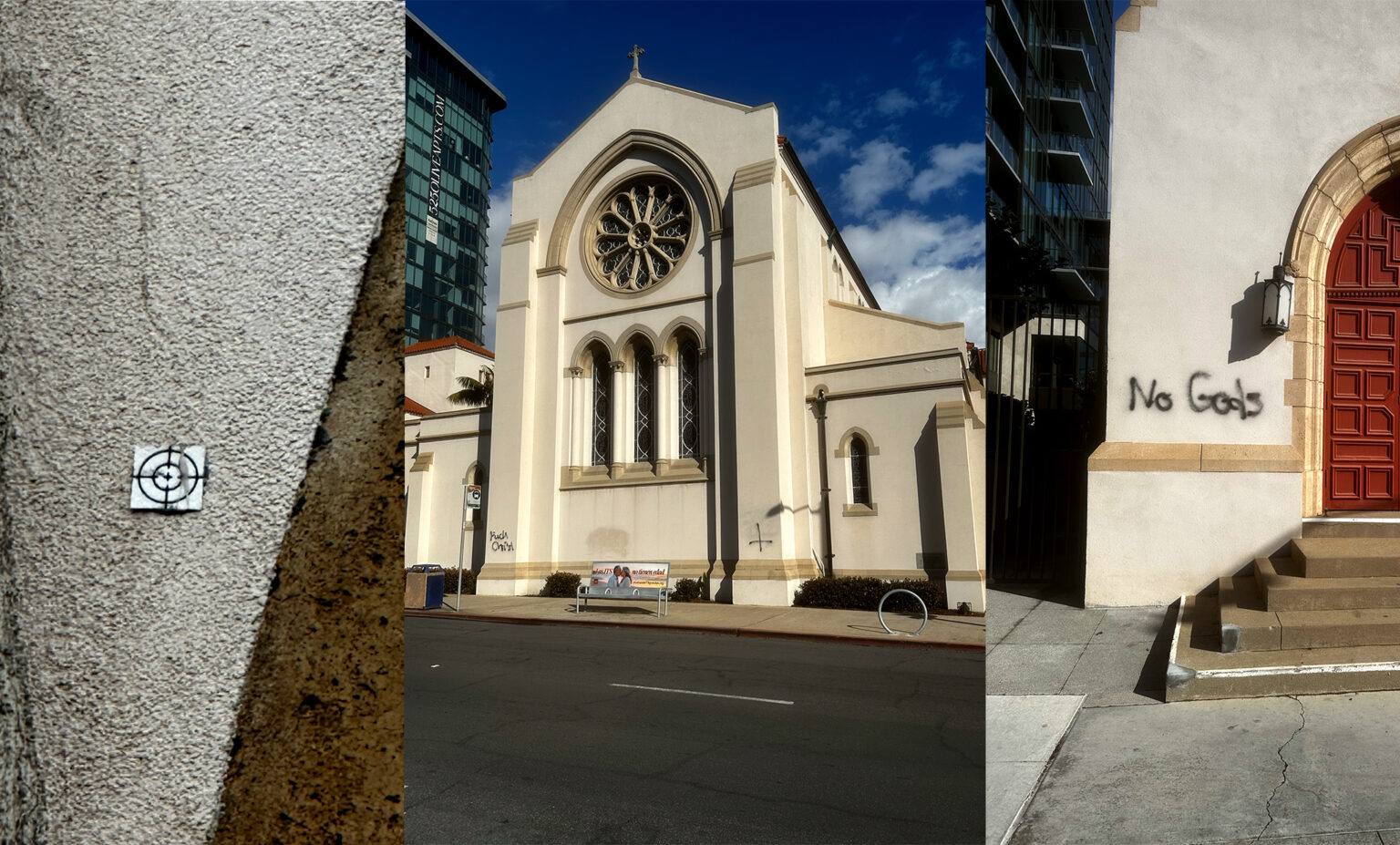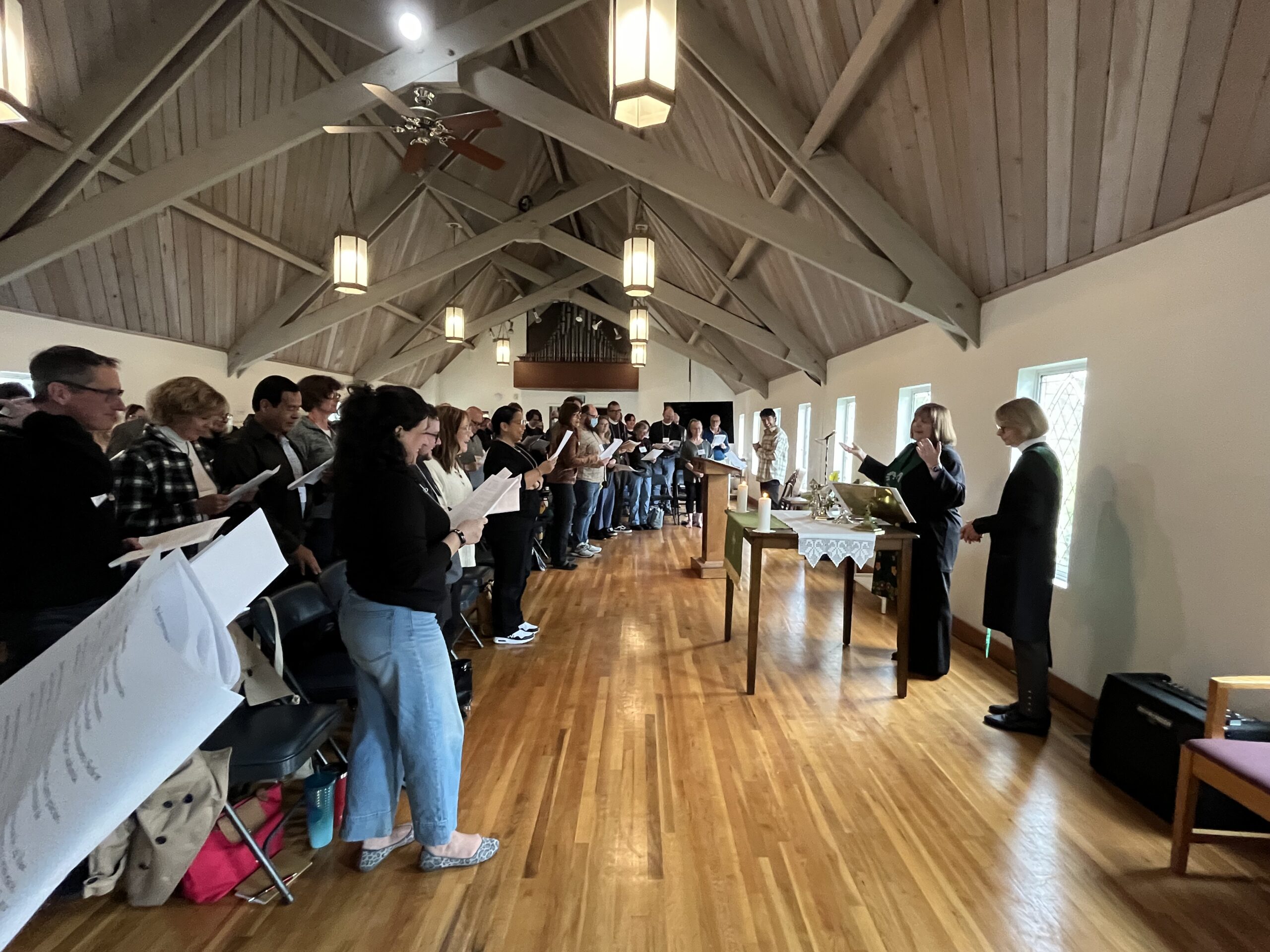Leadership Academy: Foundations Track

On March 1 at Leadership Academy, we are offering a Foundations Track with two key opportunities to reinforce your church’s foundation: Safe Church, Safe Communities and Youth Faith Formation – Beyond Grub and Games. These sessions help ensure that your church is a place of trust, accountability, and vibrant discipleship.
Building a strong foundation is essential for the life and longevity of the Church. In Matthew 7:24-25, Jesus teaches that those who hear His words and put them into practice are like a wise builder who constructs a house on the rock—able to withstand storms and trials. Just as a solid foundation provides stability to a structure, a strong church is built on faith, integrity, and discipleship. A thriving congregation is not just about joyful worship on Sundays; it is about creating a community that nurtures spiritual growth, fosters meaningful relationships, and ensures the well-being of all who enter. By prioritizing safety and formation, we build a church community that can stand firm in its mission for generations to come.
Safe Church Safe Communities (Registration is Full)
Sacred spaces have always been considered a place of safety…
Through Safe Church, Safe Communities training, we uphold our responsibility to protect all members, especially the most vulnerable, by equipping leaders with the tools to maintain ethical and secure environments.
The Episcopal Diocese of San Diego requires that all church volunteers and staff complete Safe Church, Safe Communities training in order to serve. In 2023, St. Paul in the Desert in Palm Springs began a campaign to increase their church’s safety–making a pledge to have all volunteers and staff up to date on training by Easter 2023.
In the sermon, the Rev. Dan Kline said, “We, as the clergy, cannot guarantee something unsafe will never happen here. I wish we could. But what we can guarantee is that we will do everything in our power to prevent the likelihood of something unsafe from ever happening. And if you ever try to do something here – to one of our children, to an aging person, or anyone – we will love you by working with the authorities to put you in jail,” to resounding applause.
For many years, Safe Church, Safe Communities training has been offered online exclusively, but this weekend, at Leadership Academy, many will have an opportunity for an in-person training led by the Rev. Canon Gwynn Lynch, Canon to the Ordinary, and the Rev. Dan Kline, Co-Rector of St. Paul in the Desert Palm Springs.
While this in-person opportunity has reached capacity, online training is always available. Please contact Diocesan Registrar Alyson Terry at aterry@edsd.org or visit www.edsd.org/safe-church-safe-communities to learn more.
Youth Ministry: Beyond Grub and Games
The third workshop in the Foundations Track is a conversation about Youth Ministry. Led by our EDSD Youth Leadership Council, this workshop will address questions that come up often in youth ministry. What matters to you in a youth group? How does a church support your faith? What barriers do you encounter in coming to church or youth group? Where do you see God in your life?
The EDSD Youth Leadership Council is entering its fifth year of guiding diocesan youth programming. In addition to helping to plan retreats and events, they also partner with congregations who are strategizing youth programming. This diverse group of 13 young leaders represents 9 congregations across our diocese.
While they cannot speak for every young person in our diocese, they will share candidly of their own experiences. Come with an open heart to hear what God is doing in their lives.






















